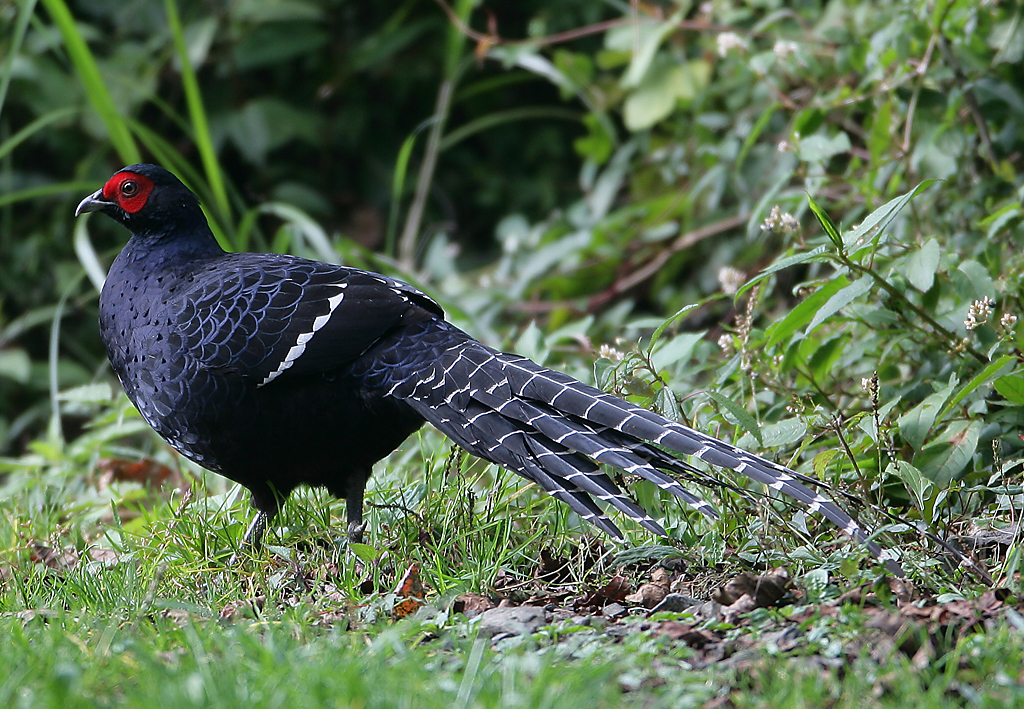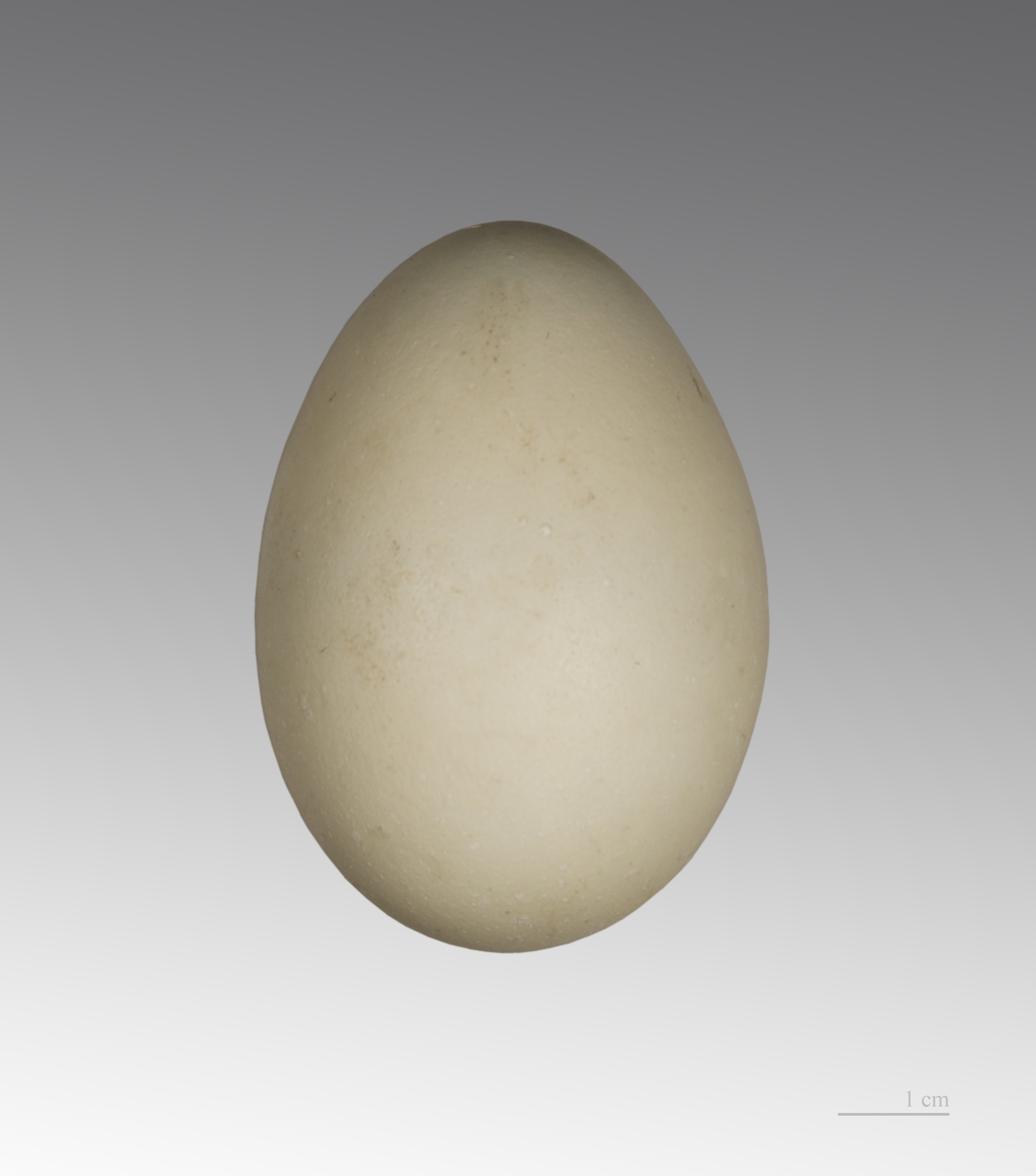|
Phasianini
Phasianini is a tribe of birds in the subfamily Phasianinae. It contains the true pheasants. Species in this tribe are found throughout Europe and Asia. This grouping was supported by a 2021 phylogenetic analysis of Galliformes, and accepted by the International Ornithological Congress. The tribe name is accepted by the ''Howard and Moore Complete Checklist of the Birds of the World The ''Howard and Moore Complete Checklist of the Birds of the World'' is a book by Richard Howard and Alick Moore which presents a list of the bird species of the world. It was the first single-volume world bird list to include subspecies names, ....'' Species References {{Taxonbar, from=Q16587520 Bird tribes Phasianini ... [...More Info...] [...Related Items...] OR: [Wikipedia] [Google] [Baidu] |
Galliformes
Galliformes is an order of heavy-bodied ground-feeding birds that includes turkeys, chickens, quail, and other landfowl. Gallinaceous birds, as they are called, are important in their ecosystems as seed dispersers and predators, and are often reared by humans for their meat and eggs, or hunted as game birds. The order contains about 290 species, inhabiting every continent except Antarctica, and divided into five families: Phasianidae (including chicken, quail, partridges, pheasants, turkeys, peafowl (peacocks) and grouse), Odontophoridae (New World quail), Numididae (guinea fowl), Cracidae (including chachalacas and curassows), and Megapodiidae (incubator birds like malleefowl and brush-turkeys). They adapt to most environments except for innermost deserts and perpetual ice. Many gallinaceous species are skilled runners and escape predators by running rather than flying. Males of most species are more colorful than the females, with often elaborate courtship behaviors t ... [...More Info...] [...Related Items...] OR: [Wikipedia] [Google] [Baidu] |
Cheer Pheasant
The cheer pheasant (''Catreus wallichii''), also known as Wallich's pheasant or chir pheasant, is a vulnerable species of the pheasant family, Phasianidae. It is the only member in the genus ''Catreus''. The scientific name commemorates Danish botanist Nathaniel Wallich. Description These birds lack the color and brilliance of most pheasants, with buffy gray plumage and long, gray crests. Its long tail has 18 feathers and the central tail feathers are much longer and the colour is mainly gray and brown. The female is slightly smaller in overall size. Behaviour and ecology Males are monogamous. They breed on steep cliffs during summer with a clutch of 10 to 11 eggs.Baker, EC Stuart (1918) The game birds of India, Burmay and Ceylon. J. Bombay Nat. Hist. Soc. 26(1):1-scan/ref> In studies conducted in upper Beas Valley, cheer pheasant was found to be sensitive to human disturbance.Jolli, Virat & Pandit, M. K. (2011). " Influence of Human Disturbance on the Abundance of Himalayan P ... [...More Info...] [...Related Items...] OR: [Wikipedia] [Google] [Baidu] |
Cheer Pheasant
The cheer pheasant (''Catreus wallichii''), also known as Wallich's pheasant or chir pheasant, is a vulnerable species of the pheasant family, Phasianidae. It is the only member in the genus ''Catreus''. The scientific name commemorates Danish botanist Nathaniel Wallich. Description These birds lack the color and brilliance of most pheasants, with buffy gray plumage and long, gray crests. Its long tail has 18 feathers and the central tail feathers are much longer and the colour is mainly gray and brown. The female is slightly smaller in overall size. Behaviour and ecology Males are monogamous. They breed on steep cliffs during summer with a clutch of 10 to 11 eggs.Baker, EC Stuart (1918) The game birds of India, Burmay and Ceylon. J. Bombay Nat. Hist. Soc. 26(1):1-scan/ref> In studies conducted in upper Beas Valley, cheer pheasant was found to be sensitive to human disturbance.Jolli, Virat & Pandit, M. K. (2011). " Influence of Human Disturbance on the Abundance of Himalayan P ... [...More Info...] [...Related Items...] OR: [Wikipedia] [Google] [Baidu] |
Green Pheasant
The green pheasant (''Phasianus versicolor''), also known as the Japanese green pheasant, is an omnivorous bird native to the Japanese archipelago, to which it is endemic. Some taxonomic authorities consider it a subspecies of the common pheasant, ''Phasianus colchicus''. It is the national bird of Japan. Declared national bird by a non-government body in 1947 Taxonomy and systematics Some sources claim that the green pheasant is a subspecies of the common pheasant, though others claim that they are separate, though closely related, species. The green pheasant has three subspecies. The nominate subspecies, ''P. v. versicolor'', is called the southern green pheasant or kiji. The Pacific green pheasant, ''P. v. tamensis'', and northern green pheasant, ''P. v. robustipes'', are the other two subspecies. There are some cases of hybrids between the green pheasant and the copper pheasant or common pheasant. Description The male (cock) southern green pheasant, ''P. v. versicolor'', ha ... [...More Info...] [...Related Items...] OR: [Wikipedia] [Google] [Baidu] |
Golden Pheasant Male RWD4
Golden means made of, or relating to gold. Golden may also refer to: Places United Kingdom *Golden, in the parish of Probus, Cornwall *Golden Cap, Dorset *Golden Square, Soho, London *Golden Valley, a valley on the River Frome in Gloucestershire *Golden Valley, Herefordshire United States *Golden, Colorado, a town West of Denver, county seat of Jefferson County *Golden, Idaho, an unincorporated community *Golden, Illinois, a village *Golden Township, Michigan *Golden, Mississippi, a village *Golden City, Missouri, a city *Golden, Missouri, an unincorporated community *Golden, Nebraska, ghost town in Burt County *Golden Township, Holt County, Nebraska *Golden, New Mexico, a sparsely populated ghost town *Golden, Oregon, an abandoned mining town *Golden, Texas, an unincorporated community *Golden, Utah, a ghost town *Golden, Marshall County, West Virginia, an unincorporated community Elsewhere *Golden, County Tipperary, Ireland, a village on the River Suir *Golden Vale, Munster, ... [...More Info...] [...Related Items...] OR: [Wikipedia] [Google] [Baidu] |
Edward's Pheasant
Edwards's pheasant (''Lophura edwardsi'') is a bird of the pheasant family Phasianidae and is Endemic (ecology), endemic to the rainforests of Vietnam. It is named after the French ornithologist Alphonse Milne-Edwards and first described to science in 1896. The bird's length is Birdlife International and has red legs and facial skin. The male is mainly blue-black with a crest, and the female is a drab brown bird. The alarm call is a ''puk!-puk!-puk!''. There are two varieties; the nominate form ''L. e. edwardsi'' has a white crest and upper tail, whereas the northern form, usually called Vietnamese pheasant, is found with a variable number of white rectrices. This difference in the two forms may be due to inbreeding of a restricted, fragmented population there, and has also been seen in captive, inbred ''L. edwardsi''. In 2012 the nominate form of Edwards's pheasant have been uplisted to Critically Endangered by BirdLife International, having suffered from deforestation, hunting ... [...More Info...] [...Related Items...] OR: [Wikipedia] [Google] [Baidu] |
Blue Eared Pheasant
The blue eared pheasant (''Crossoptilon auritum'') is a large, up to long, dark blue-gray pheasant with velvet black crown, red facial feathers appearing as bare skin, yellow iris, long white ear coverts behind the eyes, and crimson legs. Its tail of 24 elongated bluish-gray feathers is curved, loose, and dark-tipped. Both sexes are similar with the male being slightly larger. The blue eared pheasant is found throughout mountain forests of central China. Its diet consists mainly of berries and vegetable matter. One of the most common and numerous eared pheasants, the blue eared pheasant is evaluated as of least concern on the IUCN Red List of Threatened Species. See also *List of endangered and protected species of China References External links BirdLife Species Factsheet {{Taxonbar, from=Q278987 blue eared pheasant Birds of North China Birds of Central China Endemic birds of China blue eared pheasant The blue eared pheasant (''Crossoptilon auritum'') is a large, up ... [...More Info...] [...Related Items...] OR: [Wikipedia] [Google] [Baidu] |
Brown Eared Pheasant
The brown-eared pheasant (''Crossoptilon mantchuricum'') is a large, 96– to 100-cm-long, dark brown pheasant endemic to the mountain forests of northeastern China (Shanxi and nearby provinces). The species was first described by Robert Swinhoe in 1863. It has stiff white ear coverts behind the eyes, which look like a moustache. The crown is black with red bare facial skin and its tail of 22 elongated, white feathers is curved, loose and dark-tipped. Both sexes are similar in plumage. The rarest member in the genus ''Crossoptilon'', its diet consists mainly of roots, bulbs, and plant matter. The female lays five to eight large, pale stone green eggs, which take 28 days to hatch. Due to isolated populations, deforestation, and poaching (despite being a protected species), the brown eared pheasant is evaluated as vulnerable on the IUCN Red List of Threatened Species. It is listed on Appendix I of CITES. See also *List of endangered and protected species of China References ... [...More Info...] [...Related Items...] OR: [Wikipedia] [Google] [Baidu] |
White Eared Pheasant
The white eared pheasant (''Crossoptilon crossoptilon''), also known as Dolan’s eared pheasant or Bee's pheasant, is a species of " eared pheasant" that get its name because its colouration is white and has the prominent ear tufts of the genus, not because it has white ears. The indigenous people of Himalaya call it , meaning snow fowl. This gregarious bird lives in large flocks, foraging on alpine meadows close to or above the snowline throughout the year. ''C. crossoptilon'' is found in China, Qinghai, Sichuan, Yunnan, and Tibet, where it tends to inhabit mixed forests and can be found around Buddhist monasteries. Flight White eared pheasants tend to fly a great deal more than their close relatives, such as the brown eared pheasant (''C. mantchuricum'') and the blue eared pheasant (''C. auritum''). All three species are capable of hovering or volplaning over deep snow, with the aid of their great, wide tails. Eared pheasants move across deep snow by whirring their wings ... [...More Info...] [...Related Items...] OR: [Wikipedia] [Google] [Baidu] |
Tibetan Eared Pheasant
The Tibetan eared pheasant (''Crossoptilon harmani''), also called Elwes' eared pheasant, is a species of bird in the family Phasianidae found in southeast Tibet and adjacent northern India, usually between elevation, but has been seen down to in winter. Their natural habitats are boreal and temperate forests. Seen in bushy and grassy clearings, rhododendron thickets, and tall dense scrub in valleys, these birds are threatened by habitat destruction and hunting. They form monogamous pair bonds in the spring. Their eggs are laid from May to July, and incubated by the females. Description The Tibetan eared pheasant shares many characteristics, such as the short ears and the droopy tail, with the white eared pheasant (''C. crossoptilon''), as well as having similar calls and hybridising with it in the Salween Valley, so the two may be conspecific. The Tibetan eared pheasant grows to a length between , with females being slightly smaller than males. The sexes are similar. The beak ... [...More Info...] [...Related Items...] OR: [Wikipedia] [Google] [Baidu] |
Crossoptilon Mantchuricum -USA -captive-8a
Eared pheasants are pheasants from the genus ''Crossoptilon'' in the family Phasianidae. Species Established by Brian Houghton Hodgson in 1838, the genus contains four species: The name ''Crossoptilon'' is a combination of the Greek words ''krossoi'', meaning "fringe" and , meaning "feather"— a name Hodgson felt particularly applied to the white eared pheasant "distinguished amongst all its congeners by its ample fringe-like plumage, the dishevelled quality of which is communicated even to the central tail feathers". All are large, sexually monomorphic and found in China China, officially the People's Republic of China (PRC), is a country in East Asia. It is the world's most populous country, with a population exceeding 1.4 billion, slightly ahead of India. China spans the equivalent of five time zones and .... References {{Taxonbar, from=Q839855 * Bird genera * ... [...More Info...] [...Related Items...] OR: [Wikipedia] [Google] [Baidu] |





